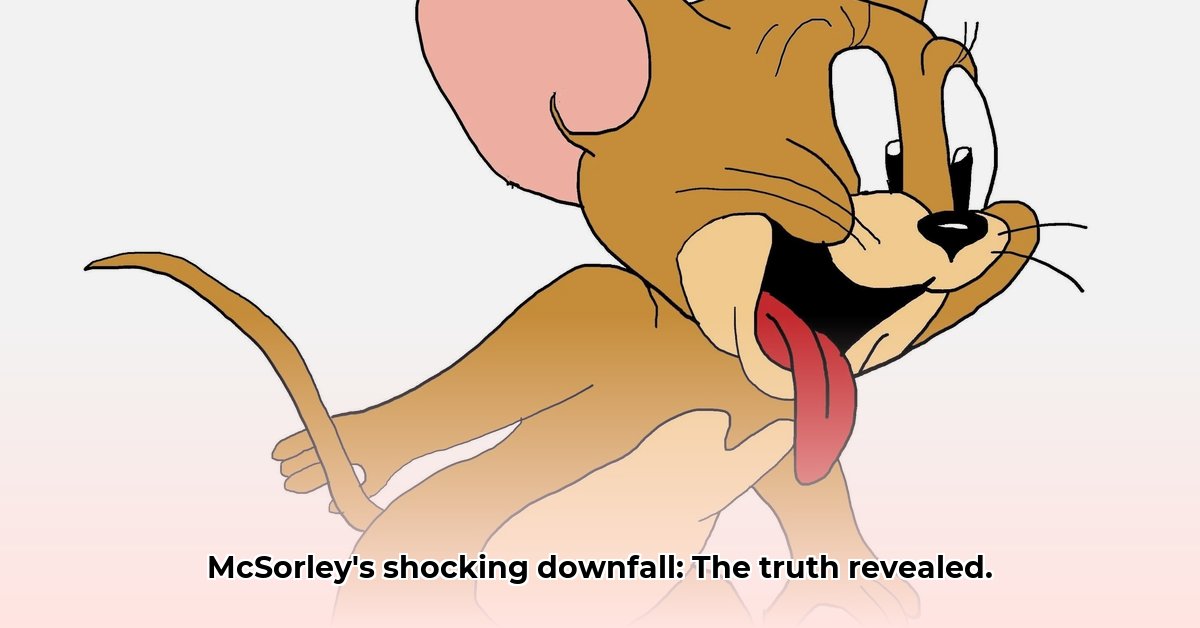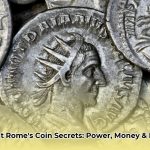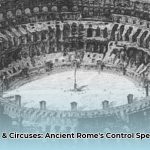Marty McSorley. The name evokes images of Wayne Gretzky, intense hockey rivalries, and a career abruptly halted by controversy. He served as Gretzky’s protector, a formidable presence tasked with keeping opponents at bay. However, this narrative goes deeper than mere on-ice brawls. It delves into a multifaceted career, the inherent pressures of embodying the enforcer role, and the momentous night that triggered profound changes – the collision with Donald Brashear. We will examine how McSorley’s actions influenced hockey, the ensuing legal proceedings, and what his story conveys about violence in sports and the critical need for enhanced player safety measures. This is a story of loyalty, fierce competition, and far-reaching implications. For more on enforcers like McSorley, see this article on Jerry McSorley.
The Symbiotic Relationship: McSorley, Gretzky, and the Enforcer Era
Marty McSorley. The very name ignites images of a hockey enforcer, a man committed to safeguarding Wayne Gretzky, the legendary hockey icon. It was a demanding, unforgiving role, a symbiotic bond where Gretzky’s extraordinary scoring ability flourished under McSorley’s protective shield. However, this account extends beyond the physicality of hockey; it is a human story, a chronicle of allegiance, repercussions, and a career permanently altered by a single, calamitous event. How did this bond shape both players’ careers, and what does it tell us about the role of enforcers in hockey history?
McSorley was not merely a muscle-bound enforcer; he demonstrated impressive hockey acumen. Many commemorate him for his unwavering dedication to Gretzky and the Edmonton Oilers dynasty. He participated in something extraordinary, a team that dominated the NHL. He assumed a crucial position, functioning as the team’s guardian, laying the groundwork for Gretzky’s brilliance to shine. This was more than a job; it was a responsibility, an integral aspect of team dynamics. It was a mentorship that extended beyond the ice, with Gretzky often praising McSorley’s intelligence and strategic mind. Yet, his defensive instincts, honed through years of intense hockey, would ultimately lead him down a path with significant consequences.
McSorley’s journey to becoming Gretzky’s protector wasn’t preordained. Drafted by the Pittsburgh Penguins in 1981, he was later traded to the Edmonton Oilers in 1985. This move solidified his purpose, as he became Gretzky’s chief bodyguard, deterring opponents from taking liberties with “The Great One.” His presence was a deterrent, a physical reminder that any attempt to injure or intimidate Gretzky would be met with swift retribution.
The partnership between McSorley and Gretzky wasn’t just about protection; it was also about trust and respect. Gretzky recognized McSorley’s hockey sense, often seeking his input on plays and strategies. McSorley, in turn, admired Gretzky’s unparalleled skill and dedication to the game. This mutual respect fostered a bond that transcended the enforcer-superstar dynamic, solidifying their place as one of hockey’s most iconic duos.
The Fateful Game: Bruins vs. Canucks, February 21, 2000
The year was 2000. The game was a battle between the Boston Bruins and the Vancouver Canucks. The moment was a collision between McSorley and Donald Brashear that would forever identify McSorley’s legacy. It appeared to be an ordinary hockey game, but it escalated into a startling incident. With just seconds remaining, McSorley swung his stick, striking Brashear in the head. While this might have seemed like a typical occurrence in a rough sport, it had extensive repercussions. The event astonished the hockey community and triggered public outrage. Brashear fell backward, hitting his head on the ice and suffering a Grade III concussion. This injury sidelined Brashear and fueled a debate about the acceptability of violence in hockey. It marked a pivotal moment, one that forced the NHL to confront the consequences of its long-standing tolerance of on-ice aggression.
This triggered a global sports debate on player safety and responsibility.
The immediate aftermath was swift and severe. McSorley was assessed a match penalty and ejected from the game. The NHL swiftly suspended him indefinitely, pending further review. The incident ignited a firestorm of controversy, with calls for McSorley to face criminal charges. The Vancouver Police Department launched an investigation, and the British Columbia Crown Counsel eventually charged McSorley with assault with a weapon.
Legal Battles and Public Scrutiny
The discussion encompassing McSorley’s actions continues to this day. Did he intend to inflict such critical harm? Some propose it was a reckless, impulsive action in the heat of the moment, a regrettable error committed by a player driven by loyalty, possibly an instant of excessive force in a profoundly competitive atmosphere. Others perceived it as a deliberate act of violence, a calculated infliction of injury that far exceeded the established norms of the game, warranting categorization as a crime. The court’s verdict solidified a legal viewpoint, introducing another layer of complexity to an already emotionally charged circumstance. The aftermath comprised a storm of legal procedures, media examination, and a public confrontation with the violence inherent in professional hockey. Is it possible to reconcile the intensity of the sport with the growing demand for enhanced player safety?
McSorley’s trial became a media spectacle, with every detail dissected and debated. The prosecution argued that McSorley’s actions were intentional and malicious, while the defense maintained that he was simply trying to protect his teammate and that the blow was accidental. The trial highlighted the inherent dangers of hockey and the fine line between aggressive play and criminal behavior.
Ultimately, Judge William Kitchen found McSorley guilty of assault with a weapon, sentencing him to 18 months probation. The judge acknowledged McSorley’s remorse but emphasized the severity of the injury and the need to deter similar acts of violence in the future. The conviction sent shockwaves through the hockey world, signaling a shift in how the legal system viewed on-ice incidents.
A Broader Reflection: Violence, Player Safety, and the Enforcer’s Role
The incident transcended a hockey story; it evolved into a societal discourse concerning violence in sports, player safety, and the moral ramifications of the enforcer role. Many questioned whether this violent role had a position in contemporary sport. Was the role of an enforcer a necessary evil, an unfortunate but indispensable component of the game, or an outdated relic that needed eradication? McSorley’s narrative became an embodiment of this broader discussion, compelling hockey enthusiasts, players, and the NHL itself to confront its legacy of violence. The incident forced the League to reflect profoundly on player safety regulations.
The McSorley-Brashear incident forced the NHL to re-evaluate its stance on fighting and violence. While fighting had long been a part of hockey culture, the incident highlighted the potential for serious injury and the need for stricter rules and enforcement. The NHL began to crack down on dangerous plays, such as high-sticking and hits to the head, implementing harsher penalties and suspensions.
The role of the enforcer also came under scrutiny. Many questioned whether it was necessary to have players whose primary job was to fight and intimidate opponents. Some argued that enforcers contributed to a culture of violence and that their presence on the ice increased the risk of injury for all players. Others maintained that enforcers played an important role in protecting star players and deterring opponents from taking liberties.
Beyond the rink, McSorley was a husband, a father, and a man grappling with the implications of his actions. He was more than a fighter; he was an individual. His post-hockey life, characterized by contemplation and community engagement, unveils a man endeavoring to reconcile his past with his future and seeking tranquility in a world that would never forget his choices.
McSorley’s life after hockey has been marked by a desire to give back to the community and mentor young players. He has coached youth hockey teams, volunteered for charitable organizations, and worked as a television analyst. He has also spoken publicly about the dangers of violence in hockey and the importance of player safety.
The legal consequences were severe, signifying a watershed moment in how hockey addressed on-ice violence. The event left a lasting impression on the sport’s regulations. New regulations intended to reduce violence and improve player safety followed the incident. What is incontrovertible is that McSorley’s actions significantly accelerated the movement away from the celebrated enforcer role.
The NHL’s advancement towards prioritizing player safety exemplifies the enduring influence of McSorley’s incident. The reforms were not instantaneous, but the movement undeniably gained momentum afterward.
| Year | Event | Impact on Player Safety |
|---|---|---|
| 1980s-1990s | Growing awareness of head injuries and concussions in hockey. | Increased penalties for violent actions; slow but growing focus on safety. |
| 2000 | McSorley-Brashear incident. | Significant legal ramifications; intensified focus on player safety; rule changes. |
| 2000s-Present | Ongoing research into CTE and head injuries; stricter concussion protocols. | Continued refinement of rules; emphasis on prevention and player education. |
Marty McSorley’s legacy remains intricate and contradictory. He was a dedicated protector, a talented player, and a man whose choices had substantial and unintended repercussions. His story serves as both a cautionary tale and a compelling exploration of the human element within the brutal world of professional hockey. It is a story that continues to shape the game, highlighting the ongoing struggle










